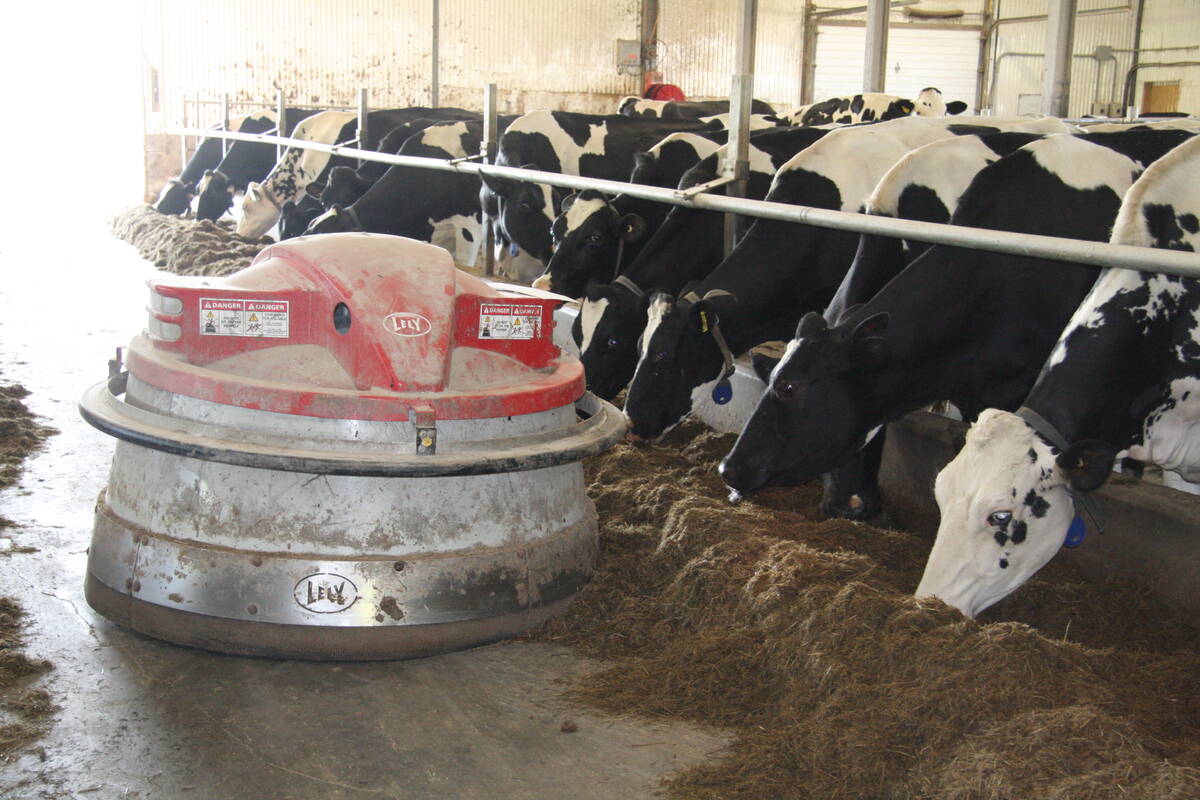For most beef trading nations, there are only two categories for BSE: A country either has the fatal brain wasting disease or it does not.
The World Organization for Animal Health, known as the OIE, provides guidelines for dealing with BSE but for many trading nations, the risk of reporting a positive case is not worth the economic losses.
“Those people who are actually doing the right thing by increasing surveillance are actually putting themselves at more risk than the people who are not,” said Dennis Laycraft, executive vice-president of the Canadian Cattlemen’s Association.
Read Also

Partnerships, communication key to disease management
Communication and strong, trusted partnerships are key to managing infectious diseases like Foot and Mouth Disease and HPAI.
The Paris based OIE meets annually in May, and this year it will consider a three- tiered classification of countries with a negligible risk, controlled-minimal risk and a new category of uncontrolled risk.
The OIE rules on BSE now have five levels of risk level. These are free, provisionally free, minimal risk, moderate risk and high risk.
The code says fresh meat may be imported safely from any country with any BSE status, but adds restrictions at each level of risk.
However, the OIE cannot control a country’s decision to set rules over and above the recommendations.
“The OIE doesn’t have any authority to force countries to use the code. It is there as a guideline,” said Gary Little, of the Canadian Food Inspection Agency.
The code would have allowed for Canadian trade in animal and meat products, but other countries refused to use the code.
“That is, in part, what got us into trouble last May,” Little said.
“Canada in the past has been less than willing to follow the OIE code as well.”
The OIE regularly accepts submissions from members who may have identified areas of concern that should be updated with the latest scientific knowledge.
That information goes to specialist commissions who review the scientific information and see how the animal health code may or may not reflect the current evidence. Drafts on proposed changes are sent to member countries for comments. These go back to the OIE and changes may be incorporated. Changes to BSE status may not occur until the annual meeting in May 2005.
With such a large membership asked to review changes, revisions are slow.
“There won’t be any big leaps or jumps in terms of changes,” Little said.
Receiving status as a minimal risk country with less than one case per million animals could help Canada resume trade. Part of its case is based on a number of precautions already in place. These include:
- Meat and bone meal for livestock feed has not been imported from the United Kingdom or any other countries subsequently affected by BSEsince 1978.
- A ban on the feeding of ruminant derived meat and bone meal to other ruminants has been in place since 1997. The level of compliance with the ban has been high as verified by routine inspections of renderers andfeed mills.
- There is more testing of at-risk livestock including fallen stock, dying animals and those exhibiting neurological conditions.















